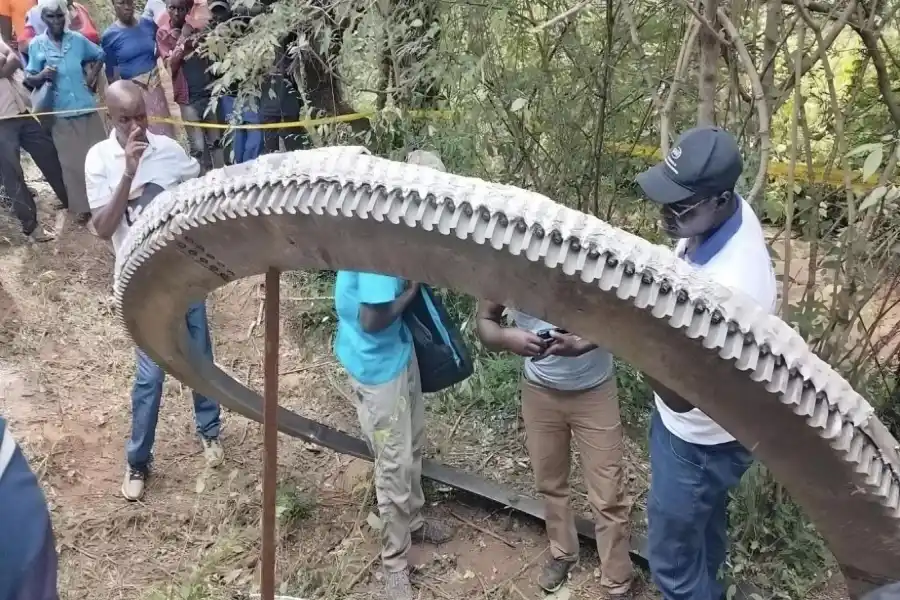
Kuva KSA
On December 30, a metal ring with a diameter of 2.5 meters passed through the atmosphere before crashing near the village of Mukuku, Kenya. Local authorities, assisted by the Kenyan Space Agency (KSA), quickly secured the area and retrieved the object. Initial analyses suggest that it is space debris, likely a separation ring from a rocket.
Experts have put forward several hypotheses regarding the origin of this object. Darren McKnight, a space debris specialist, mentions the possibility that it is a part of a rocket body from an Atlas Centaur launch conducted in 2004. This link is established because this rocket was indeed expected to enter the atmosphere on December 30. However, Jonathan McDowell, an astrophysicist, disputes this theory, pointing out that data from the U.S. Space Force indicates that the atmospheric entry was expected over Russia, far from Kenya. The mystery thus remains unsolved.
This incident raises questions about the management of space debris. With the increase in launches, these objects pose a growing risk to populations. Space agencies monitor this debris, but their unpredictable re-entry remains a problem. The investigation conducted by the KSA aims to identify the origin of the object and assess potential risks.
Space debris, often resulting from rockets or decommissioned satellites, can cause damage when falling back to Earth. Although most disintegrate in the atmosphere, some, like the one that fell in Kenya, withstand the heat and reach the ground. This event highlights the importance of regulating space activities to minimize risks.
What is space debris?
Space debris refers to any artificial object in orbit around the Earth that no longer has a useful function. These objects can be pieces of rockets, decommissioned satellites, or even fragments resulting from collisions. They are a result of human space activities since the beginning of the space age in the 1950s.These debris vary in size, ranging from tiny paint flecks to entire rocket stages. While some disintegrate upon re-entry into the atmosphere, others, which are more massive, reach the Earth's surface. Their increasing presence poses risks for space missions and, in rare cases, for terrestrial populations.
The management of space debris is a major issue for space agencies. Monitoring systems allow tracking their trajectory, but their re-entry remains difficult to predict accurately. International initiatives aim to reduce their number and improve space safety.
Finally, space debris raises legal and ethical questions. Who is responsible in the event of damage caused by their fall? How to regulate space activities to minimize their production? These questions remain at the heart of discussions about the future of space exploration.